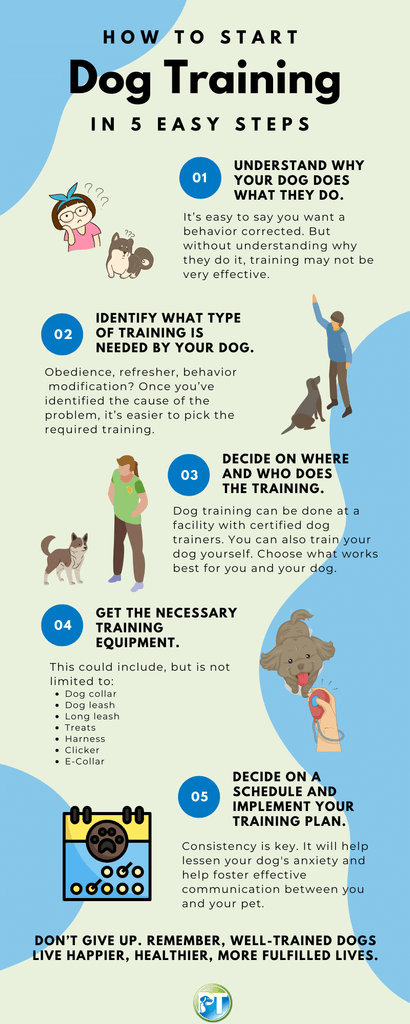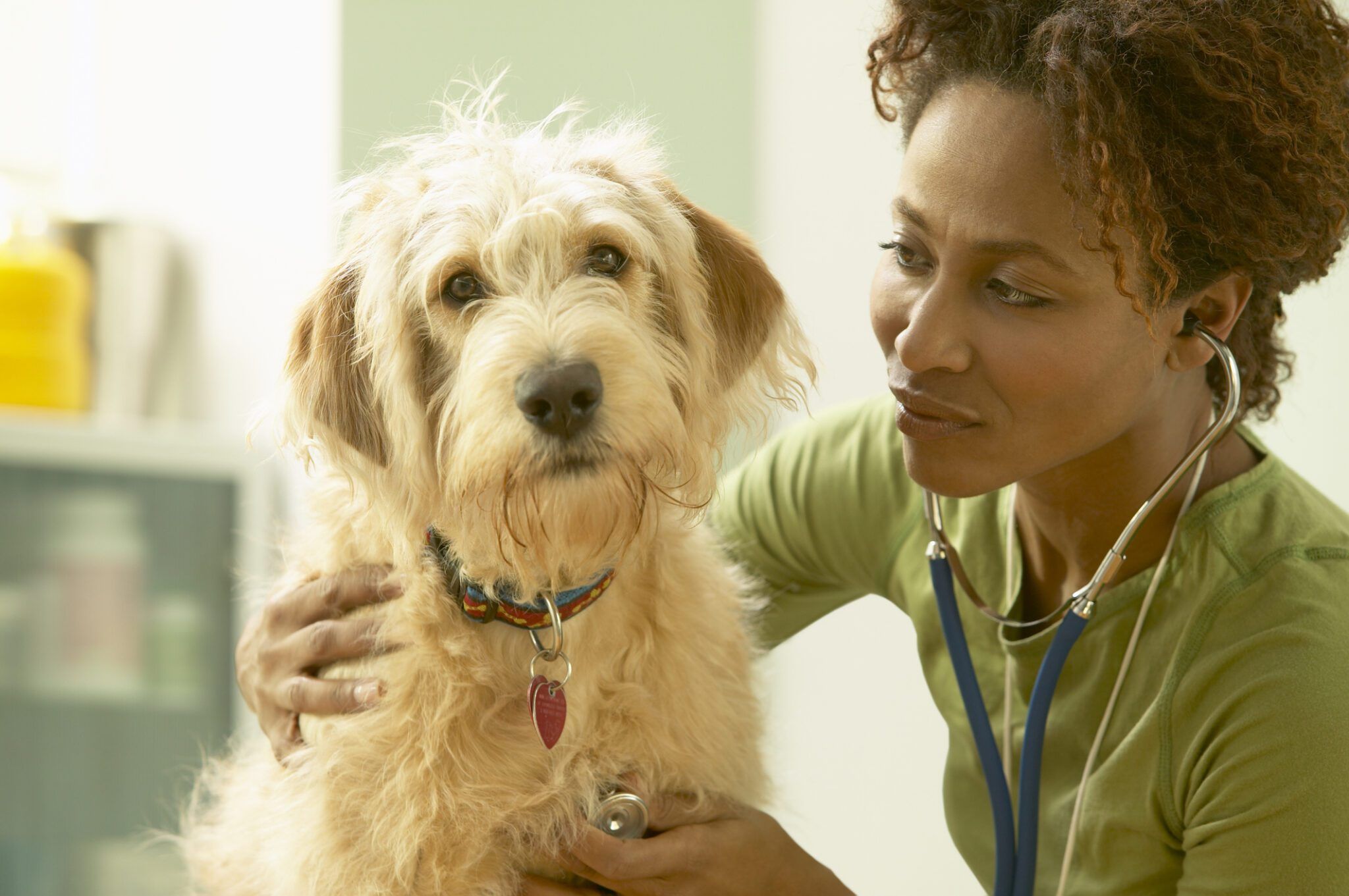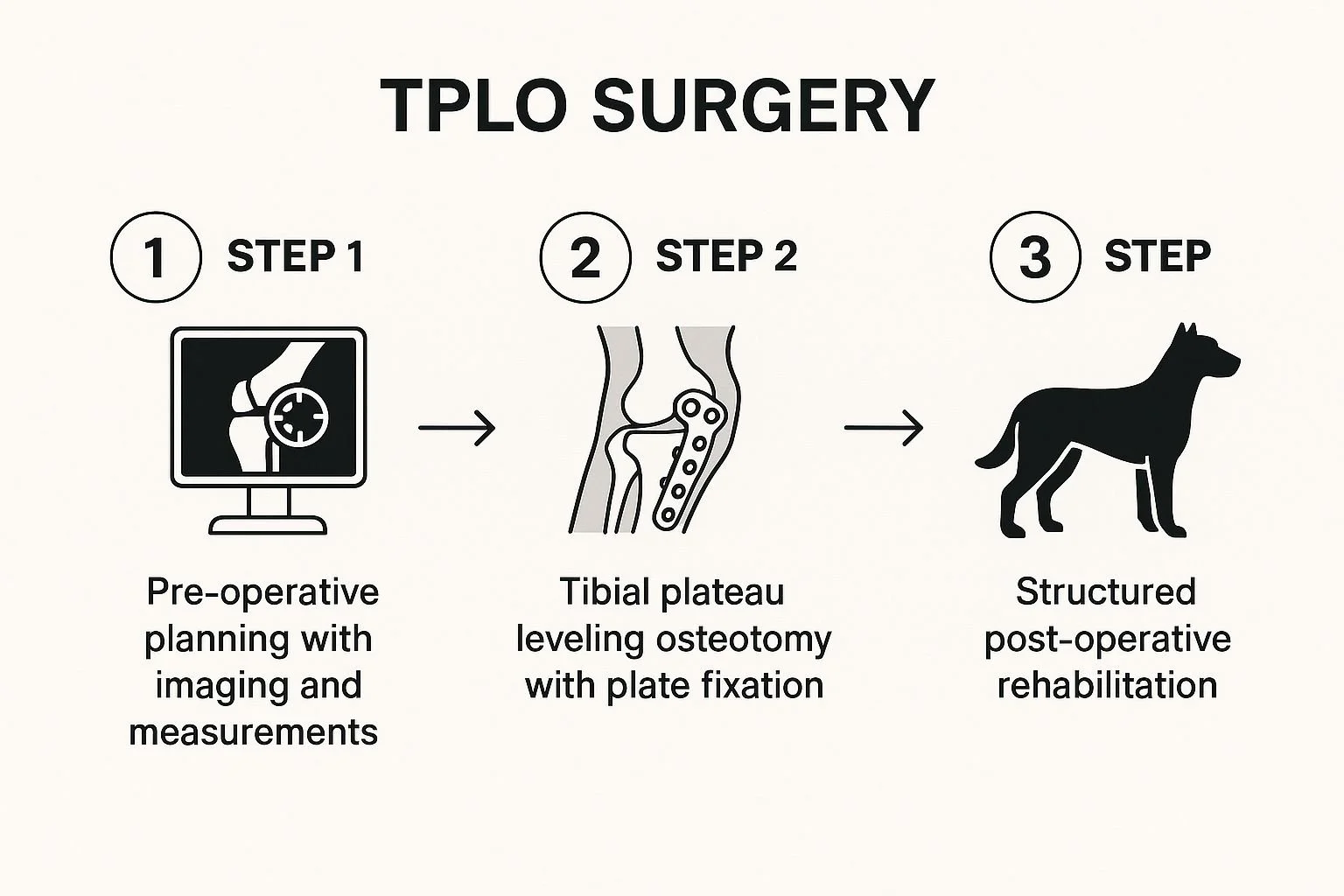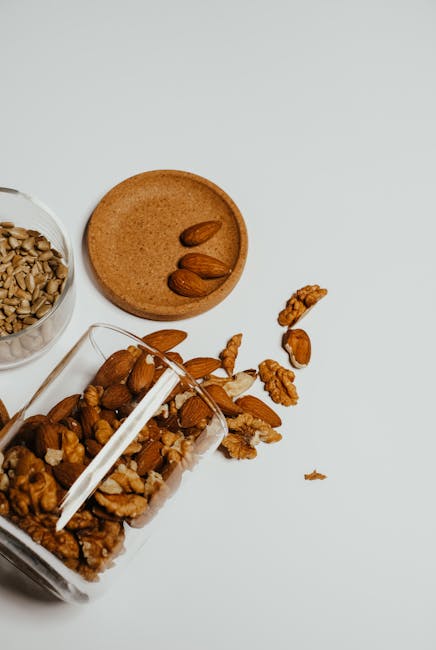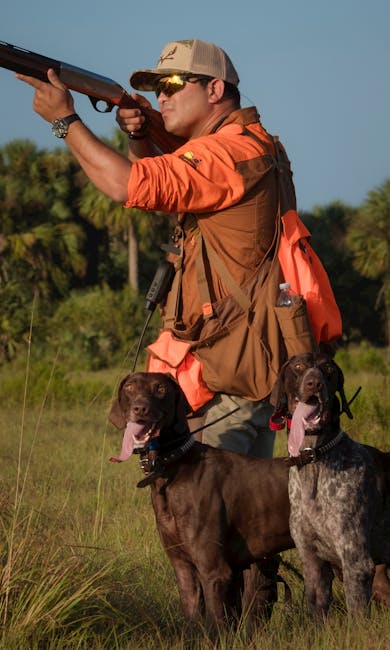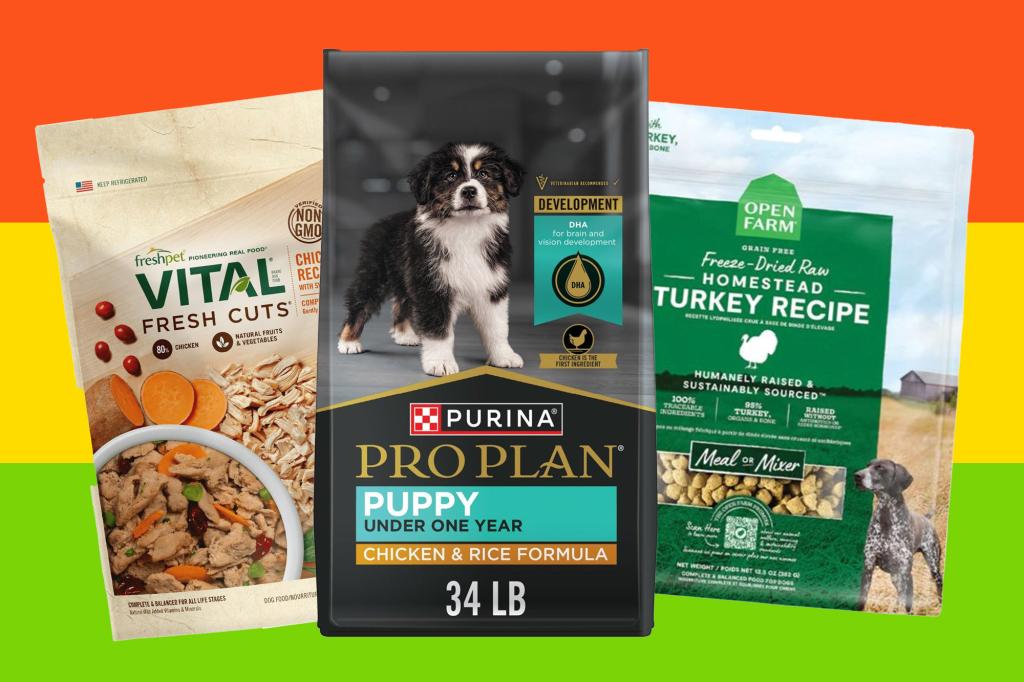If your dog needs ACL surgery, you’re probably wondering how long the recovery will take. You want to know when your furry friend will be back to running, playing, and feeling pain-free.
Understanding the recovery timeline can help you prepare and give your dog the best care possible. You’ll discover exactly what to expect during each stage of healing and how you can support your dog every step of the way. Keep reading to learn how to make your dog’s recovery smooth and successful.
Acl Surgery Recovery Phases
Understanding the phases of ACL surgery recovery is crucial for helping your dog heal effectively. Each phase has its own goals and care requirements, so knowing what to expect can make a big difference. Let’s break down these stages to give you a clear picture of your dog’s journey back to full strength.
Immediate Post-surgery Period
This phase lasts the first few days after surgery. Your dog will likely be groggy and uncomfortable, so pain management is key. You’ll need to keep your dog calm and restrict movement to prevent any damage to the repaired ligament.
During this time, focus on:
- Administering prescribed medications on schedule
- Using a crate or confined space to limit activity
- Monitoring the surgical site for swelling or signs of infection
Have you prepared a quiet, cozy spot where your dog can rest safely?
Early Healing Stage
Once the initial pain subsides, usually after about 1-2 weeks, your dog enters the early healing stage. Gentle, controlled movement is often introduced to prevent stiffness and support blood flow. Your vet might recommend leash walks of just a few minutes and basic range-of-motion exercises.
Patience is essential here—too much activity can set recovery back, but too little may cause muscle loss.
Intermediate Recovery
This phase typically starts around 4-6 weeks post-surgery. Your dog’s strength and mobility begin to improve. Physical therapy often plays a big role now, including:
- Guided walks with gradually increasing length
- Hydrotherapy or swimming sessions to reduce joint stress
- Targeted exercises to rebuild muscle and improve coordination
Keeping your dog motivated without overdoing it can be tricky. How do you balance encouraging activity while avoiding setbacks?
Full Recovery Timeline
Complete healing can take anywhere from 3 to 6 months, depending on your dog’s age, size, and overall health. Even when your dog seems back to normal, continue monitoring for any signs of limping or discomfort. Regular follow-up visits with your vet ensure your dog’s progress stays on track.
Remember, recovery is a marathon, not a sprint. What small wins have you noticed in your dog’s recovery journey so far?

Credit: orthodog.com
Factors Influencing Recovery Time
Recovery time after dog ACL surgery varies widely. Several factors play a key role in how fast a dog heals. Understanding these can help set realistic expectations. It also guides proper care during healing.
Dog’s Age And Health
Young dogs usually heal faster than older dogs. Their bodies repair tissues more quickly. Dogs with good overall health tend to recover better. Chronic conditions like diabetes or obesity slow healing. Proper nutrition supports tissue repair and energy levels.
Surgery Type And Technique
Different surgical methods have different recovery speeds. Some techniques cause less tissue damage. Minimally invasive surgeries often lead to quicker healing. The surgeon’s skill also affects recovery quality. Complex surgeries may require longer rest and care.
Post-operative Care
Strict post-surgery care improves recovery outcomes. Limiting your dog’s activity prevents re-injury. Proper wound care avoids infections. Pain management helps dogs rest and heal well. Consistent follow-up with the vet is essential.
Physical Therapy Impact
Physical therapy speeds up recovery and strengthens muscles. Controlled exercises improve joint flexibility and stability. Therapy reduces scar tissue buildup. It also helps dogs regain confidence in movement. Skipping therapy can delay full recovery.
Essential Care Tips After Surgery
After your dog’s ACL surgery, proper care is key to a smooth recovery. The weeks following surgery need patience and attention. Small actions can make a big difference. Follow these essential care tips to help your dog heal safely and comfortably.
Managing Pain And Discomfort
Keep your dog comfortable by giving pain medicine as prescribed. Never skip doses or change amounts without a vet’s advice. Watch for signs of pain like whining, limping, or restlessness. Use a soft bed to ease pressure on joints. Cold packs can reduce swelling but apply only as directed.
Activity Restrictions
Limit your dog’s movement to avoid stress on the healing knee. Avoid running, jumping, or climbing stairs. Use a leash for short bathroom breaks outside. Create a small, safe area at home for rest. Follow your vet’s timeline before allowing more activity. Too much movement slows healing and may cause injury.
Nutrition And Hydration
Feed a balanced diet to support healing and maintain weight. Monitor food intake to prevent overeating since activity is reduced. Fresh water should always be available to keep your dog hydrated. Ask your vet if supplements or special diets are needed to aid recovery.
Wound Care Guidelines
Check the surgery site daily for redness, swelling, or discharge. Keep the area clean and dry. Prevent your dog from licking or biting the wound by using a cone or protective clothing. Follow instructions for cleaning and bandage changes. Report any unusual signs to your vet immediately.

Credit: www.instagram.com
Physical Therapy And Rehabilitation
Physical therapy and rehabilitation play a crucial role in your dog’s recovery after ACL surgery. They help restore strength, improve joint flexibility, and reduce pain. Engaging in the right therapy can make a significant difference in how quickly and fully your dog bounces back.
Types Of Therapy Used
Several therapy options can aid your dog’s recovery:
- Hydrotherapy:Swimming or underwater treadmill exercises reduce joint stress while building muscle.
- Massage Therapy:Helps improve circulation and relieve muscle stiffness.
- Laser Therapy:Speeds up healing by reducing inflammation and pain.
- Passive Range of Motion Exercises:Gently move the joint to maintain flexibility.
Choosing the right mix depends on your dog’s condition and tolerance.
At-home Exercises
You don’t need fancy equipment to help your dog heal at home. Simple exercises can boost recovery when done correctly.
- Short leash walks to encourage gentle movement.
- Controlled sit-to-stand motions to strengthen leg muscles.
- Gentle stretching of the affected leg to maintain joint flexibility.
Always keep sessions short and watch for signs of discomfort. Have you noticed how consistent small efforts can build big improvements over time?
When To Start Therapy
Timing matters. Starting therapy too early can cause harm, while waiting too long might slow progress.
Most vets recommend beginning gentle physical therapy within a few days post-surgery, once pain is manageable. However, always follow your vet’s advice tailored to your dog’s specific healing pace.
Being patient and observant during this phase ensures therapy supports, rather than hinders, recovery.
Signs Of Progress
How do you know therapy is working? Look for these clear signs:
- Improved weight-bearing on the operated leg.
- Increased range of motion without pain.
- Decreased swelling and tenderness around the knee.
- More confident and natural movement during walks.
Tracking these changes helps you and your vet adjust therapy plans effectively. Have you taken notes on your dog’s improvements after each session?
Common Recovery Challenges
Recovering from dog ACL surgery can be tough for both pets and owners. Many dogs face challenges during healing that need close attention. Understanding common recovery issues helps you care better. Watch your dog carefully and know what to expect.
Infection Signs
Infections can occur after surgery. Look for redness, warmth, or pus near the wound. Your dog may lick or bite the area more than usual. Fever and loss of appetite are also warning signs. Early detection is key to prevent serious problems.
Swelling And Inflammation
Some swelling is normal after surgery. It should slowly go down over days. Excessive swelling, heat, or hard lumps need vet attention. Ice packs can help reduce mild swelling. Avoid letting your dog jump or run during recovery.
Behavioral Changes
Your dog may seem tired or less active. This is normal during healing. Watch for unusual aggression, hiding, or whining. These changes may signal pain or discomfort. Provide a quiet, comfortable space for rest and healing.
When To Contact The Vet
- Severe swelling or redness around the wound
- Continuous bleeding or pus from the surgical site
- High fever or shaking
- Sudden changes in behavior or loss of appetite
- Difficulty walking or using the leg
Contact your vet immediately if any of these signs appear. Quick action protects your dog’s health and speeds recovery.
Long-term Care After Acl Surgery
Long-term care after dog ACL surgery is vital for lasting recovery. It supports healing and prevents future problems. Proper care helps your dog regain strength and mobility. It keeps joints healthy and avoids new injuries.
Maintaining Joint Health
Joint health is key to your dog’s comfort and movement. Use supplements like glucosamine to support cartilage. Gentle exercise, such as short walks, keeps joints flexible. Avoid hard surfaces that stress healing joints. Regular stretching helps maintain range of motion.
Preventing Future Injuries
Protect your dog from re-injury with controlled activity. Limit jumping and running on uneven ground. Use ramps for furniture and cars to reduce strain. Strengthen muscles through guided physical therapy sessions. Monitor your dog’s behavior for signs of pain or limping.
Regular Vet Checkups
Vet visits confirm your dog’s recovery progress. Schedule checkups to monitor joint function and healing. X-rays may be needed to assess bone and tissue health. Discuss any new symptoms or concerns with your vet. Follow vet advice on medication and exercise adjustments.
Lifestyle Adjustments
Adjust your dog’s lifestyle to support recovery. Maintain a healthy weight to reduce joint stress. Provide a soft, supportive bed to ease pressure. Avoid slippery floors that cause falls or slips. Create a calm environment to lower stress and encourage rest.

Credit: www.therulybully.com
Frequently Asked Questions
How Long Is Acl Surgery Recovery For Dogs?
Dog ACL surgery recovery typically takes 8 to 12 weeks. During this period, rest and limited activity are crucial. Follow your vet’s post-operative care instructions for the best results. Full recovery may vary depending on the dog’s age, weight, and overall health.
What Are The Stages Of Dog Acl Recovery?
Recovery stages include initial healing, rehabilitation exercises, and gradually returning to normal activity. The initial phase lasts about two weeks, focusing on rest. Rehabilitation begins around week three, with controlled exercises. By 8-12 weeks, most dogs regain normal activity levels, depending on individual progress.
Can Dogs Walk After Acl Surgery?
Dogs can usually walk shortly after ACL surgery but should be monitored. Initially, walking should be limited to short, controlled walks. Gradually increase activity as per your veterinarian’s guidance. Full mobility and normal walking typically resume within 8 to 12 weeks post-surgery.
How To Speed Up Dog Acl Recovery?
To speed up recovery, follow your veterinarian’s instructions closely. Provide a balanced diet, ensure proper rest, and follow prescribed rehabilitation exercises. Regular check-ups and monitoring progress are essential. Avoid over-exertion and ensure a safe environment for your dog’s healing process.
Conclusion
Dog ACL surgery recovery usually takes about 8 to 12 weeks. Rest and limited activity help your dog heal faster. Follow your vet’s instructions closely for the best results. Watch for any signs of discomfort or swelling. Regular check-ups ensure your dog is healing well.
Patience is key during this time. Soon, your dog will regain strength and mobility. Recovery may vary, but care and love make a big difference. Your dog’s health improves day by day with proper care. Keep supporting your dog through every step of recovery.

